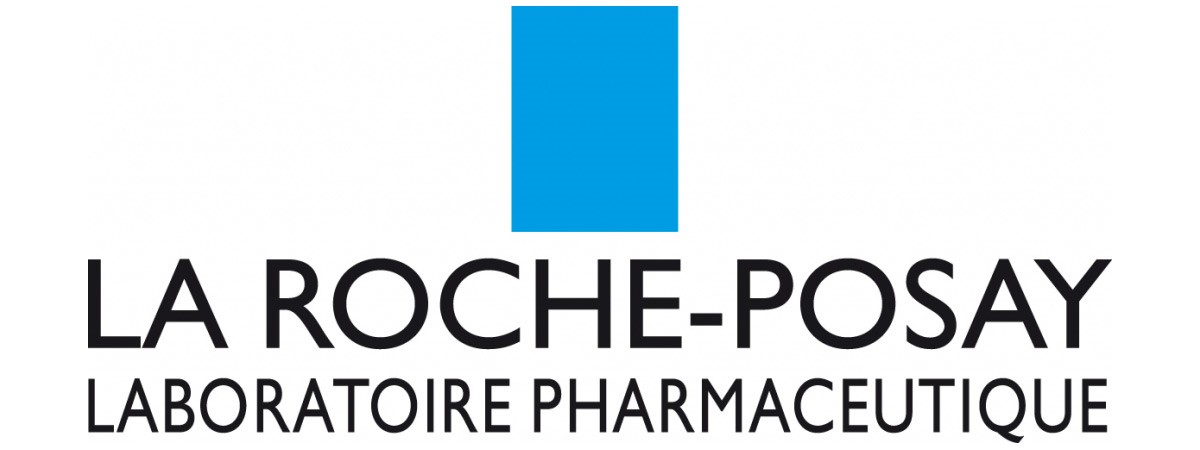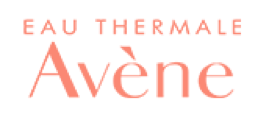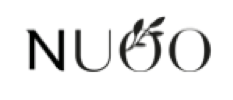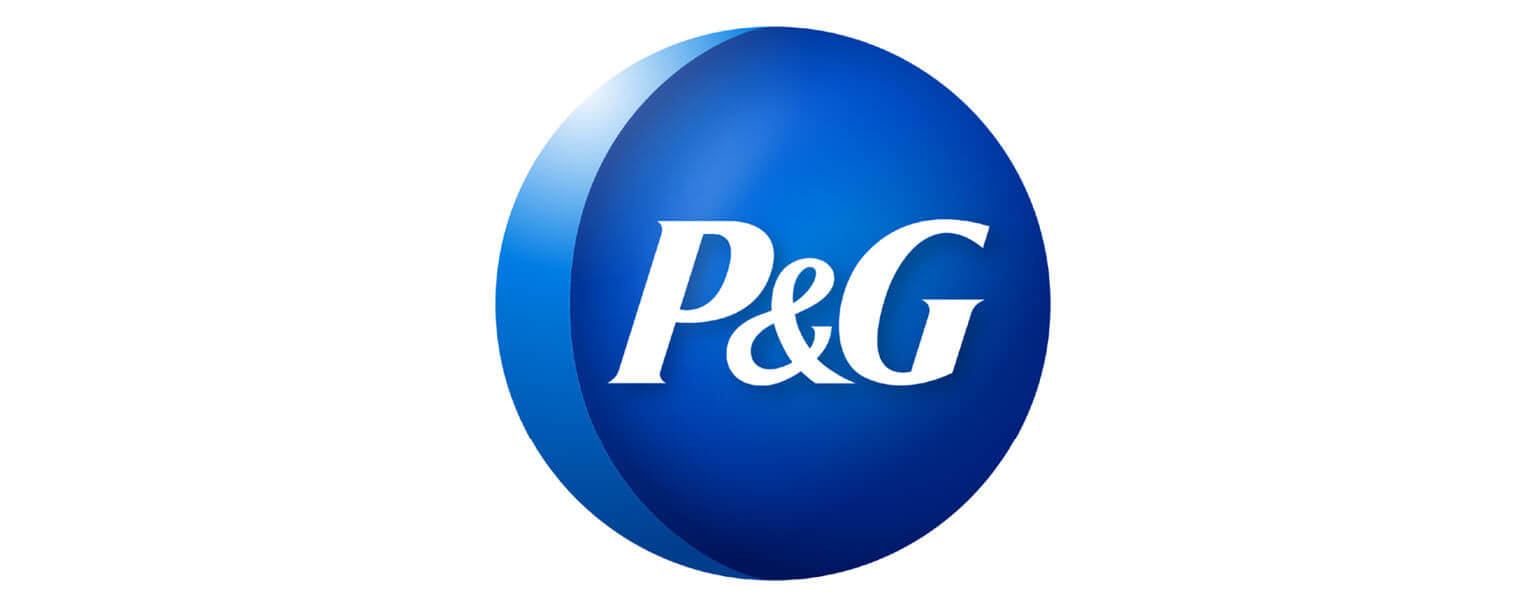Synthèse
The global hair care market proved resilient despite the challenges posed by the COVID-19 pandemic, with consumer focus on personal hygiene driving 20% growth in 2020 to $80 billion. Demand for hair care products was influenced by new trends, with significant spikes in home hair color sales during closed periods; a +32.6% jump was observed for a few months in 2020.
The French market, meanwhile, faced stagnation, but witnessed +9% year-on-year growth in hair color sales in 2020. Natural and organic products have gained considerably in popularity, with sales in this segment recording significant growth and almost 58% of French women buying organic cosmetics or hygiene products, up from 33%. Large multinational groups dominate the market, and traditional supermarkets remain the preferred distribution channel, with over 50% of French consumers opting to buy from hypermarkets and supermarkets. Online sales, on the other hand, have not gained in importance, even though e-commerce is considered essential for product accessibility. Price sensitivity remains a concern, particularly for organic products, with 63% of French women indicating that it is an obstacle to purchase.
Exports of French hair care products rose by +13%, with Germany remaining France's main trading partner. The number of employees and companies in the hair care sector has evolved, with a 6.1% increase in the number of companies, despite a 5.9% decrease in the number of employees. The sector's regulatory environment is rigorously defined from manufacturing to distribution, guaranteeing product safety and conformity.
Market trends
The French hair care market is a mature, evolving landscape characterized by fluctuating consumer preferences and the resulting changes in demand patterns. In recent years, the industry has seen a significant movement towards organic and natural hair care products, driven by changes in consumer habits and heightened consumer awareness. As men have changed their hair care habits, the traditional structure of demand has diverged, leading to a broader range of products for men. Key figures indicating these trends suggest a steady increase in sales in segments such as natural and organic offerings, with a particularly sharp peak during periods of containment during the Covid-19 pandemic. Sales of hair coloring products, for example, soared by over 30% during the months of containment alone, during the temporary closure of professional hair salons.
Interestingly, while women predominantly use a varied range of shampoos suited to different hair types (over 50% use the main shampoo types), men use less varied products, often favoring shampoos for normal hair. Consumer research also highlights the growing popularity of organic products, with over half of all participants reporting having used organic hair products. This rise is in line with the general trend in the sector, where organic-labeled cosmetics and personal care products have seen spectacular sales growth, ranging from 100% to 150% in one year. Furthermore, general hair care consumption habits reveal four major concerns among the population: hair loss, hair thinning, dandruff and damaged hair. Addressing these concerns remains a key focus for companies, driving product innovation and differentiation.
Although the overall size of the market in the country appears to be contracting slightly, with sales down 2-3% year-on-year, some market sectors are showing resilience and even robust growth. This illustrates a market where specific consumer needs and niche segments are increasingly shaping demand. In terms of changing male preferences and demand for organic hair care products, the statistics point to a gradual but perceptible evolution. While traditional anti-dandruff solutions are losing popularity due to declining use, increasing sales of products for damaged hair and the need for strengthening reveal a shift in male grooming trends towards more specialized hair care solutions.
As a result, while the hair care market as a whole is struggling to maintain widespread growth, demand in niche segments - particularly around natural and organic products, hair care products and beauty products for men - is on the rise
In the sprawling landscape of the hair care market, a few colossal entities stand as pillars, shaping trends, innovations and consumer preferences on a global scale. These titans not only dominate the shelves and online spaces, but also drive the industry forward with their extensive product ranges and strong brand recognition.
- L'Oréal, Garnier and Head & Shoulders: The behemoths of beauty and personal care** At the pinnacle of the industry is L'Oréal, a name synonymous with beauty and personal care. The influence of L'Oréal, with its extensive portfolio of hair care products, is further amplified by its sub-brands, such as the hugely popular Elsève, which has carved out a significant market share in the shampoo and hair care segment. Following closely in L'Oréal's footsteps, Garnier's Ultra Doux secures its reputation with a series of nourishing products that address different hair types and concerns. Whether it's the infusion of monoi oil for luxurious hydration or its organic offerings, Garnier remains at the forefront of consumers' minds. Head & Shoulders, primarily known for its action on dandruff and scalp health issues, has moved beyond its medicinal roots to integrate a broader range of hair care solutions. Their commitment to effectiveness and affordability continues to position them favorably with the most demanding customers.
- Procter & Gamble and Unilever: The guardians of everyday hair care** Procter & Gamble, which offers a whole range of consumer goods, plays an important role in the hair care market thanks to its influential Head & Shoulders brand. This iconic brand offers not only therapeutic solutions for common scalp problems, but also a range of hair care products that meet everyday needs. Unilever enters the sector with a diverse set of brands under its umbrella, including well-known names such as Dove and TRESemmé, catering to different market segments from affordable to high-end, sharing space with the likes of L'Oréal and P&G.
- Johnson & Johnson: the family-focused innovator** Johnson & Johnson is perhaps best known for its gentle care products suitable for younger consumers, but it also offers a variety of hair care solutions aimed at the whole family. Its commitment to safety and trust continues to resonate in multi-generational households.
- Henkel: the unsung power** Henkel may not be as well known in the consumer sector, but it occupies a strong position in the hair care industry thanks to its professional products and hair care products
à la compréhension de ce marché
Détail du contenu
 Informations
Informations
- Nombre de pages : 30 pages
- Format : Version digitale et PDF
- Dernière mise à jour : 22/02/2024
 Sommaire et extraits
Sommaire et extraits
1 Market overview
1.1 Introducing and defining the hair care market
Hair care covers all products designed to soothe, cleanse and care for the scalp and hair.
Examples include shampoos, conditioners, masks and oils, gels, lacquers, mousse and colorants. More broadly, it is part of the hair care market , which includes hair accessories (styling, blow-drying, dyes, etc.).
The hair care market is dominated by leading multinationals, leaving little room for new entrants. So, despite the general trend towards stagnation, certain market segments are standing out. Indeed, changing consumer habits among men and an ever-increasing demand for organic and natural products are driving manufacturers to diversify their offering. In addition, 2022 will see the rise of solid hair care products, which are gradually finding their way onto the shelves.
For the hair care giants, the challenge remains to adapt to the changing tastes and habits of consumers, who are increasingly looking for natural, effective products for specific needs.
1.2 Key figures for a booming global market
Size of the global hair care market World, ****-****, $ billions Trefis
According to Grand View Research, the global hair care market was estimated to be worth $**.* billion in ****. The market has been growing steadily for several years and is expected to continue doing so, with an annual growth rate of *.*% to ...
1.3 Key figures for a shrinking French market
The personal care and beauty products market is struggling to reinvent itself, and has been stagnating for some years. After a period of growth between **** and ****, when the market grew by +*.*% in * years, it lost -*.*% of its value over the period ****-**** before experiencing slight growth in ****. [***] Since then, the ...
1.4 Foreign trade
Foreign trade in hair care products France, ****-****, millions of dollars Source: ****
Between **** and ****, exports of hair care products were rather stagnant, rising from $***.* million to $*** million, while imports increased at a steady pace.
In ****, however, exports began a period of increase, with +**% in just one year, in line with the ...
2 Demand analysis
2.1 French consumer habits
Over the last few years, cosmetics consumption habits have been evolving, changing the dynamics of the market. Indeed, the importance of make-up is declining in favor of a more sober beauty routine. The trend today is to go natural, or at least to look natural. By ****, hair care will account for ...
2.2 Increasing demand for hair care products
Hair care products are among the most popular in the hygiene and beauty sector. In ****, Elsève's Hyaluron Repulp range topped the list of best launches. The brand achieved sales of *.* million euros in hyper and supermarkets in ****. Despite the arrival of make-up products in the rankings, hair care products continue ...
2.3 Natural and organic products are becoming increasingly popular
More and more consumers are turning to natural and organic products to care for their hair. In ****, there will be *.* million more buyers of organic beauty care products than in ****, and more and more French people are interested in this segment.
Growing demand for natural products France, ****, in Source: LSA-conso *survey ...
3 Market structure
3.1 A market dominated by major groups
The market is largely dominated by large multinational groups such as L'Oréal, Garnier and Head & Shoulders.
The infographic below shows the market shares of the main shampoo and hair care brands in France in ****, as well as their evolution compared to ****.
It can be seen that the market shares of ...
3.2 Traditional supermarkets are still France's preferred distribution channel
Distribution is still clearly dominated by hypermarkets
Where to buy hair and body care products France, ****, % of total Source: ****
This chart shows the major distribution channels for hair care product purchases in France in ****.
More thanone French surveyedout of two make their purchases in large and medium-sized retailers, i.e. hypermarkets ...
3.3 Employees and companies
The hair care segment is included in NAF code **.**Z: Manufacture of perfumes and toiletries, which includes the manufacture of :
perfumes and toilet waters ; beauty and make-up products ; sun protection and tanning preparations; manicure and pedicure preparations; shampoos, hairsprays, preparations for waving or straightening hair; toothpastes and oral hygiene products, including ...
4 Offer analysis
4.1 Offers and prices
The hair care market is characterized by the diversity of the brands present and the variety of products on offer. There are several product categories and sub-categories, as follows (***):
Shampoos: different functions (***). Conditioners: different functions (***), different fragrances. Gels: different operating times, different textures (***). Mousses: adapted to various hair types (***). Masks: different ...
4.2 Price-related issues in the hair care market
Price seems to be the main barrier to buying organic or natural hair shampoos
Determining barriers to the use of organic or natural cosmetics among French women France, ****, % Source: ****
Among the brakes that can affect the purchase of such products, one criterion clearly stands out: price, chosen by **% of respondents.
Among ...
4.3 Supply trends: solid and natural products
The main trend in the hair care market is towards natural products that respect the health of consumers and the environment. Many brands now offer shampoos, treatments and lotions based on natural products. Furthermore, to reduce their environmental impact, many companies are trying to reduce their plastic packaging, which is responsible ...
5 Regulations
5.1 Regulations governing products from manufacture to distribution
Pre-marketing regulations
These are detailed by :
The French National Agency for the Safety of Medicines and Health Products(***); Regulation (***) n°****/**** of the European Parliament and Council of November **, **** on cosmetic products since July **, ****; The French Public Health Code (***).
Before a cosmetic product can be marketed, it must be able to meet ...
5.2 International nomenclature
The Harmonized System is an international nomenclature for product classification. It enables participating countries to classify traded goods on a common basis for customs purposes. At international level,the Harmonized System (***) for the classification of goods is a six-digit code system. [***]
The Harmonized System was introduced in **** and has been adopted ...
6 Positioning the players
6.1 Segmentation
6.2 Study of company websites
Web traffic for the main hair care websites in France France, ****-**** Source: ****
Web traffic for the main generalist hair care websites in France France, ****-**** Source: ****
- Henkel
- Johnson & Johnson
- Vichy
- NAOS Bioderma
- La Roche-Posay
- Caudalie
- Eau Thermale d'Avène (Pierre Fabre Groupe)
- Nuoo (Haco)
- Procter & Gamble
- Provalliance (Holding)
- L'Oréal Groupe
- Eugène Perma
- Unilever
- Kérastase (L'Oreal)
- Garnier (L'Oréal)
- Leonor Greyl
- Timoteí (marque Unilever)
- Head & Shoulders (Procter & Gamble)
- Dop (L'Oréal)
- Schwarzkopf (Henkel Groupe)
- Cristophe Robin
- Dessange International
- Frank Provost (Provalliance groupe)
- Vog Groupe -Tchip
 Liste des graphiques
Liste des graphiques
- Taille du marché mondial des soins capillaires
- Utilisation hebdomadaire de produits capillaires
- Chiffre d’affaires des principaux segments des capillaires et évolution sur un an
- Evolution des ventes de colorations capillaires
- Vente de produits cosmétiques par catégories
Toutes nos études sont disponible en ligne et en PDF
Nous vous proposons de consulter un exemple de notre travail d'étude sur un autre marché !
Dernières actualités
Entreprises citées dans cette étude
Cette étude contient un panorama complet des entreprises du marché avec les derniers chiffres et actualités de chaque entreprise :
 Choisir cette étude c'est :
Choisir cette étude c'est :
Accéder à plus de 35 heures de travail
Nos études sont le résultat de plus de 35 heures de recherches et d'analyses. Utiliser nos études vous permet de consacrer plus de temps et de valeur ajoutée à vos projets.
Profiter de 6 années d'expérience et de plus de 1500 études sectorielles déjà produites
Notre expertise nous permet de produire des études complètes dans tous les secteurs, y compris des marchés de niche ou naissants.
Notre savoir-faire et notre méthodologie nous permet de produire des études avec un rapport qualité-prix unique
Accéder à plusieurs milliers d'articles et données payantes
Businesscoot a accès à l'ensemble de la presse économique payante ainsi qu'à des bases de données exclusives pour réaliser ses études de marché (+ 30 000 articles et sources privées).
Afin d'enrichir nos études, nos analystes utilisent également des indicateurs web (semrush, trends…) pour identifier les tendances sur un marché et les stratégies des entreprises. (Consulter nos sources payantes)
Un accompagnement garanti après votre achat
Une équipe dédiée au service après-vente, pour vous garantir un niveau de satisfaction élevé. (+33) 9 70 46 55 00
Un format digital pensé pour nos utilisateurs
Vous accédez à un PDF mais aussi à une version digitale pensée pour nos clients. Cette version vous permet d’accéder aux sources, aux données au format Excel et aux graphiques. Le contenu de l'étude peut ainsi être facilement récupéré et adapté pour vos supports.
 Nos offres :
Nos offres :
the hair care market | France
- Quels sont les chiffres sur la taille et la croissance du marché ?
- Quels leviers tirent la croissance du marché et leur évolution ?
- Quel est le positionnement des entreprises sur la chaine de valeur ?
- Comment se différencient les entreprises du marché ?
- Données issues de plusieurs dizaines de bases de données
Pack 5 études (-15%) France
- 5 études au prix de 75,6€HT par étude à choisir parmi nos 800 titres sur le catalogue France pendant 12 mois
- Conservez -15% sur les études supplémentaires achetées
- Choisissez le remboursement des crédits non consommés au terme des 12 mois (durée du pack)
Consultez les conditions du pack et de remboursement des crédits non consommés.
- 01/03/2024 - Mise à jour des données financières de l'entreprise La Roche-Posay
- 04/11/2023 - Mise à jour des données financières de l'entreprise La Roche-Posay
- 03/08/2023 - Mise à jour des données financières de l'entreprise La Roche-Posay
- 02/06/2023 - L'étude a été complètement mise à jour par un analyste Businesscoot. En plus de cette revue complète, des informations sur les habitudes de consommation de cosmétiques, sur les meilleurs lancement de l'hygiène beauté en 2022, ainsi que sur l'essor des produits solides et naturels ont été ajoutées. L'intérêt des Français pour les produits sains et bio a par ailleurs été développé.
- 01/06/2023 - Ajout des informations de l'entreprise Vog Groupe -Tchip
- 01/06/2023 - Ajout des informations de l'entreprise Frank Provost
- 01/06/2023 - Ajout des informations de l'entreprise Dessange International
- 01/06/2023 - Ajout des informations de l'entreprise Cristophe Robin
- 01/06/2023 - Ajout des informations de l'entreprise Schwarzkopf
- 01/06/2023 - Ajout des informations de l'entreprise Dop
- 01/06/2023 - Ajout des informations de l'entreprise head & shoulders
- 01/06/2023 - Ajout des informations de l'entreprise Timoteí (marque Unilever)
- 01/06/2023 - Ajout des informations de l'entreprise Leonor Greyl
- 01/06/2023 - Ajout des informations de l'entreprise Garnier (L'Oréal)
- 01/06/2023 - Ajout des informations de l'entreprise Kérastase (L'Oreal)
- 12/05/2023 - Ajout de l'actualité d'entreprise L'Oréal et la dermocosmétique
- 16/04/2023 - Mise à jour des données financières de l'entreprise La Roche-Posay
- 14/01/2023 - Ajout des informations de l'entreprise Unilever





 Henkel enregistre une croissance de 4,2 % pour un chiffre d'affaires de 21,5 milliards d'euros - 05/03/2024
Henkel enregistre une croissance de 4,2 % pour un chiffre d'affaires de 21,5 milliards d'euros - 05/03/2024
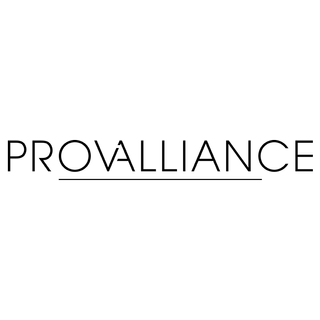 Provalliance, leader de la coiffure, se lance en Inde avec Franck Provost - 19/02/2024
Provalliance, leader de la coiffure, se lance en Inde avec Franck Provost - 19/02/2024
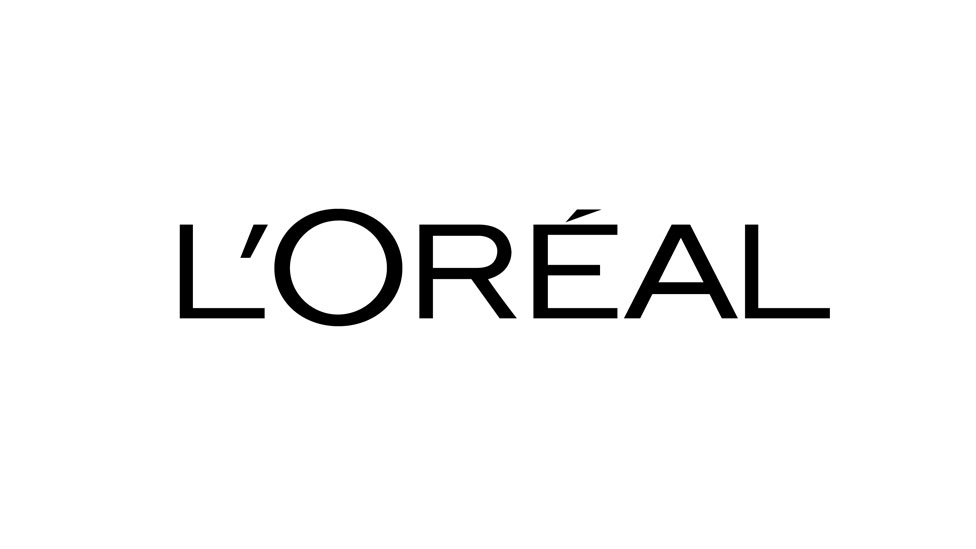 L'Oréal devient numéro un des cosmétiques de luxe et détrône Estée Lauder - 11/02/2024
L'Oréal devient numéro un des cosmétiques de luxe et détrône Estée Lauder - 11/02/2024



